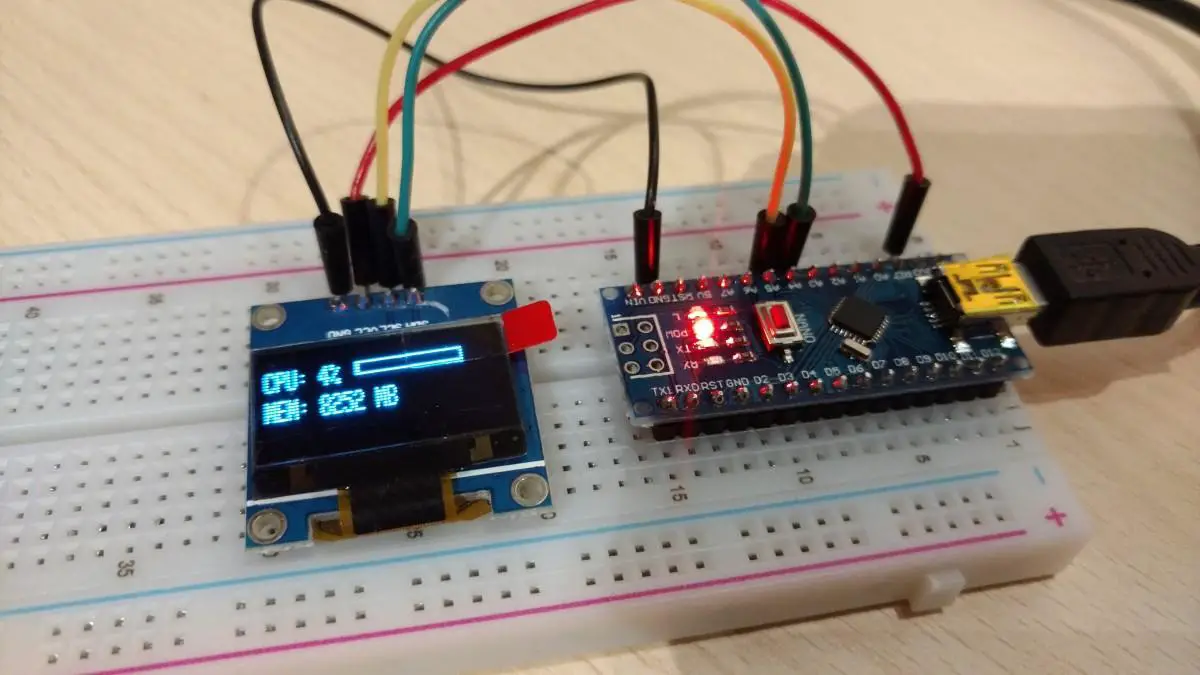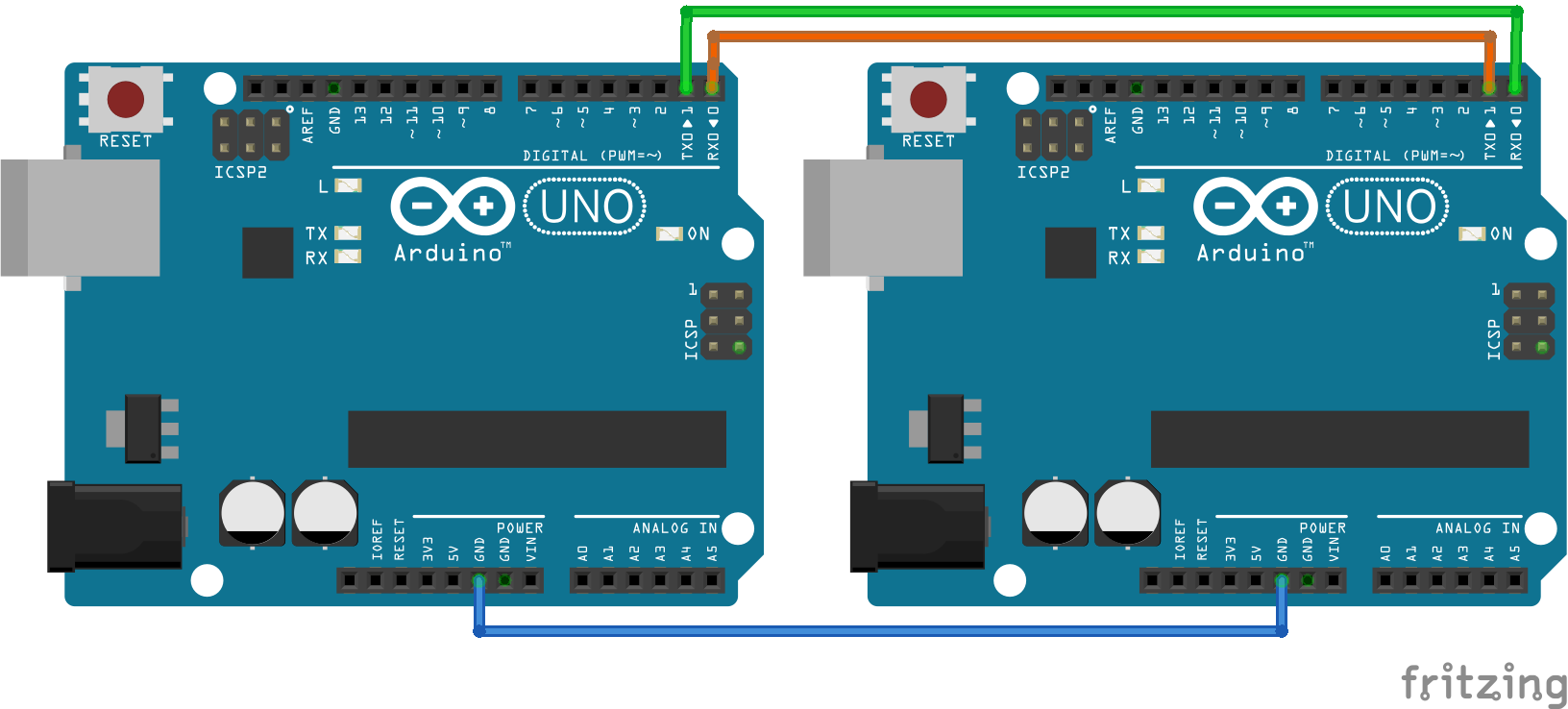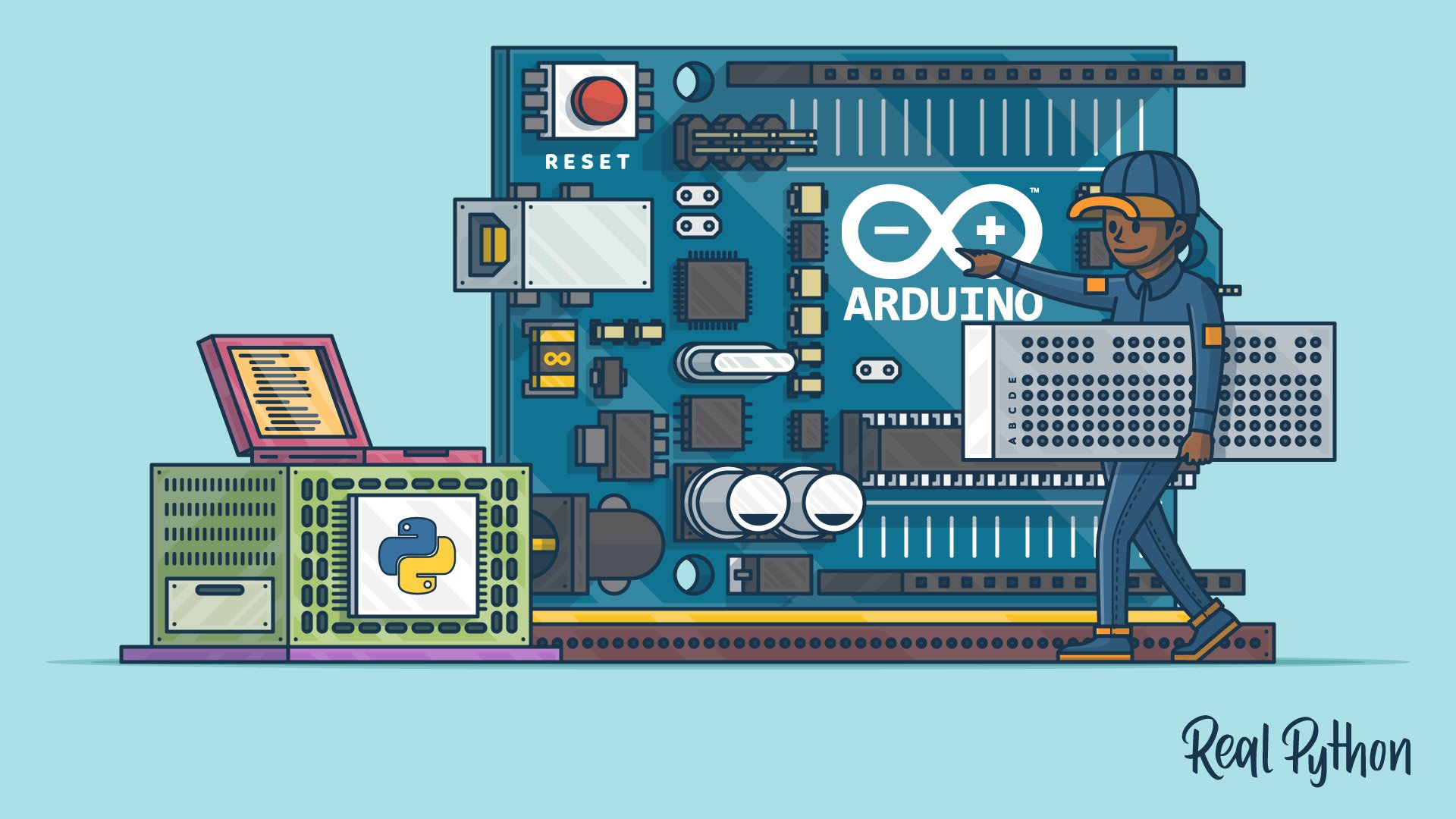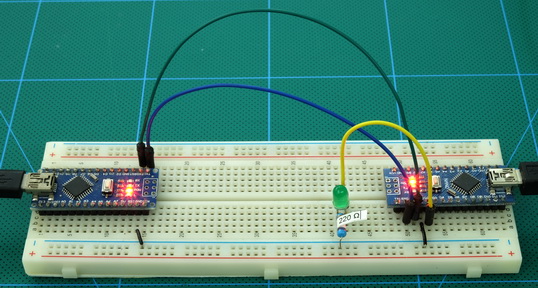

- #TEST SERIAL CONNECTION BETWEEN TWO ARDUINOS INSTALL#
- #TEST SERIAL CONNECTION BETWEEN TWO ARDUINOS DRIVERS#
- #TEST SERIAL CONNECTION BETWEEN TWO ARDUINOS WINDOWS 10#
- #TEST SERIAL CONNECTION BETWEEN TWO ARDUINOS SOFTWARE#
- #TEST SERIAL CONNECTION BETWEEN TWO ARDUINOS PC#
Now, use your keyboard to type a message.
#TEST SERIAL CONNECTION BETWEEN TWO ARDUINOS SOFTWARE#
Keep in mind that Xon/Xoff is a software flow control, so if choosing this option, you only need the TXD and RXD pins to be connected. Here you have several options: Xon/Xoff, hardware, and none.
Choose the type of flow control you’ll use. Specify the communications port that will be tested. In the HyperTerminal you establish a new connection and give it a name. This program lets you interact with remote devices via a standard serial bus (RS-232) or using the telnet protocol.Īs long as HyperTerminal supports data transfer via COM ports, you can use this program to perform a loopback test. #TEST SERIAL CONNECTION BETWEEN TWO ARDUINOS PC#
HyperTerminal is a program that allows your PC to function as a computer terminal and connect with other systems remotely. Here is how pins are called in DE9 connector of the RS-232 serial port: The pin numbers are often engraved in the plastic of the connector. Note that since RS-422/485 have differential connections, both of these connections are needed.
pins 4 to 6 (DTR/DSR hardware flow control) and 7 to 8 (RTS/CTS hardware flow control) for RS-232. 2,3 below), you connect:įor a loopback test with a hardware flow control (marked blue in Fig. If you need to perform a more advanced loopback test which will allow hardware flow control, you should connect the CTS and RTS pins to the DTR and DSR pins in RS-232 port, and CTS+ with to RTS+ CTS- with RTS- in RS-422 and RS-485 ports.īelow you can see the pinout of a common serial connector, DE-9:įor a loopback test with no hardware flow control (marked red in Fig. In the differential RS-422 and RS-485 communications, you should connect the TXD+ pin to the RXD+ and the TXD- to the RXD. #TEST SERIAL CONNECTION BETWEEN TWO ARDUINOS DRIVERS#
What’s great is that all internal drivers of the app are digitally signed.įor RS-232 loopback test, you need to connect the transmit (TXD) pin to the receive (RXD) pin.
#TEST SERIAL CONNECTION BETWEEN TWO ARDUINOS WINDOWS 10#
Serial Port Tester is a stable utility that works equally well with all versions of Windows OS, including Windows 10 (both x32 and 圆4). The solution differentiates from competitors in that it offers both a user-friendly GUI and a bunch of really outstanding features like built-in terminal, advanced filtering and search options, four convenient viewing modes, support for all types of serial interfaces, including RS232, RS422, RS485, and more.Īlso, with this app, you will have the option of forwarding all monitored data to the specified file or copy the captured data to the clipboard. Custom IO timeout - choose this option to specify Read/Write timeout parameters.Preserve time intervals - use this option if you’d like your data packets to be sent with the time intervals.Respond as a device - enable this option if you want to send data to a serial port on behalf of a serial device.
 Send requests to this port - enable this option if you want to send data to a serial port on behalf of a serial app. Use port - specify a serial port that will be used in the reproduced communication. Choose Session > Reproduce and configure the necessary parameters:. Serial Port Monitor will help you resend the exact same data to the required COM port so that you can review the reaction of your serial software or device. In order to test whether the problem in your serial network is fixed, you can reproduce the communication between a COM port and a serial app or device. In case you need to save the session, choose ‘Session -> Save session/ Save session As’ on the main menu. Finally, click ‘Start monitoring’ and your session will be activated. Next, you go to the ‘Capture options’ that regulate which events will be captured – create/close, read/write, or device control. Also, you can start the monitoring session in new window by enabling the corresponding option. Then, if you need to immediately begin your work, choose ‘Start monitoring now’. Terminal: the data is displayed as ASCII characters.Īs an option, you can enable ‘Select all’ or ‘Select none’. Dump: shows the outgoing and incoming serial data in hexadecimal and string formats. Line: IRPs with details are displayed as a plain text in lines. Table: shows the table consisting of the recorded IRPs.
Send requests to this port - enable this option if you want to send data to a serial port on behalf of a serial app. Use port - specify a serial port that will be used in the reproduced communication. Choose Session > Reproduce and configure the necessary parameters:. Serial Port Monitor will help you resend the exact same data to the required COM port so that you can review the reaction of your serial software or device. In order to test whether the problem in your serial network is fixed, you can reproduce the communication between a COM port and a serial app or device. In case you need to save the session, choose ‘Session -> Save session/ Save session As’ on the main menu. Finally, click ‘Start monitoring’ and your session will be activated. Next, you go to the ‘Capture options’ that regulate which events will be captured – create/close, read/write, or device control. Also, you can start the monitoring session in new window by enabling the corresponding option. Then, if you need to immediately begin your work, choose ‘Start monitoring now’. Terminal: the data is displayed as ASCII characters.Īs an option, you can enable ‘Select all’ or ‘Select none’. Dump: shows the outgoing and incoming serial data in hexadecimal and string formats. Line: IRPs with details are displayed as a plain text in lines. Table: shows the table consisting of the recorded IRPs.  There you should select the visualizer that will display captured serial data to you. Once done, you’ll see the ‘New monitoring session’ screen. Alternatively, you can click ‘New’ on the main toolbar or use ‘Ctrl + N’ shortcut. Head to the main menu, select Session > New session. After that, start a monitoring session in the following way:
There you should select the visualizer that will display captured serial data to you. Once done, you’ll see the ‘New monitoring session’ screen. Alternatively, you can click ‘New’ on the main toolbar or use ‘Ctrl + N’ shortcut. Head to the main menu, select Session > New session. After that, start a monitoring session in the following way: 
#TEST SERIAL CONNECTION BETWEEN TWO ARDUINOS INSTALL#
Download the app, install it on your computer and start it. Here’s what you should do if you need to log and analyze the activity of your system’s serial interfaces.








 0 kommentar(er)
0 kommentar(er)
